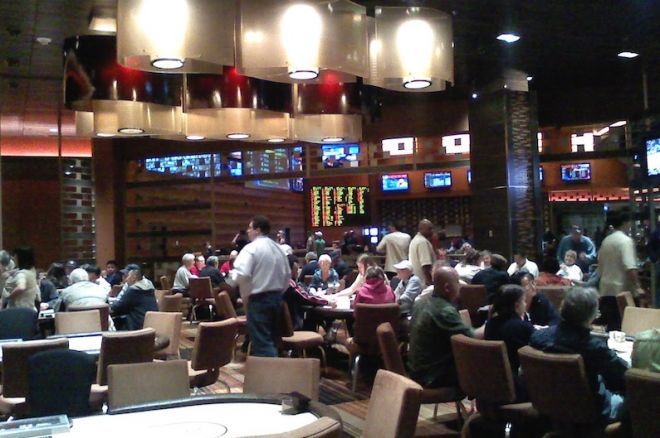How Do You Tip Casino Dealer
A Better Way to Tip A Blackjack Dealer
There is a downside to making a tip bet. If your hand loses, the dealer receives no tip (the chip that you bet for the dealer now becomes part of the casino bank). However, even if the hand loses most dealers still appreciate the player's gesture. This is a less common, but what I consider to be a better way to tip the dealer. The dealer will then tap the chip and put it into a transparent tip box. The dealer will appreciate this, but it's not very exciting. In most games you can just slide the chip across the table to the dealer, but in craps you should toss the chip anywhere on the table and say 'for the crew' or something to that effect.
By Henry Tamburin

Many blackjack players feel uneasy about tipping a dealer because they don’t know when to tip, how much to tip, and or even how to go about giving a tip (a tip in the casino industry is also known as a “toke”). Therefore, I’ve focused this article on how to go about doing it, and present what I consider to be the best way to tip.
Why should a player tip a dealer anyway? After all, tipping won’t miraculously change your luck or the odds. One can also argue that tipping has an expectation of –100%, which means the money you tip is lost. And furthermore you are under no obligation to tip when you play blackjack.
Basically, tipping will ensure that you will have a friendly and helpful dealer that will go a long way toward making your playing experience an enjoyable one. For most players, having a good time with a friendly dealer is reason enough to tip.
There are two common ways that most players tip a dealer. One way is to simply place a chip on the layout at any time and tell the dealer “this is for you.” Most players who tip this way do so at the end of their playing session after they have colored up their chips and are ready to leave the table.

The second way to tip is to make a bet for the dealer on your hand. This way, the dealer will have a stake in the outcome and root for you to win (this usually will get their attention and smiles).
There is a downside to making a tip bet. If your hand loses, the dealer receives no tip (the chip that you bet for the dealer now become part of the casino bank). However, even if the hand loses most dealers still appreciative the player’s gesture.
This is a less common, but what I consider to be a better way to tip the dealer. Instead of placing your tip bet outside of the betting spot, place it on top of your bet (inside the betting area).
Let’s assume you bet $25 on the hand and you placed a red chip on top of your bet. If the hand wins the dealer will pay you a green chip and a red chip. You then give the dealer one red chip representing the winning chip from the extra chip you bet on the hand.
Notice the difference between the two ways of making a tip bet for the dealer. Essentially, bets made outside of the betting spot are controlled by the dealer (as opposed to bets made inside, which are controlled by the player). When you place your red chip outside, the dealer will pay himself if the hand wins and earn $10 (he keeps the original $5 you bet for him plus the $5 won on the hand). If instead, you place the tip bet inside and the hand wins, the dealer pays you (not himself). You then turn around and give the dealer the $5 won for the $5 bet on the hand for him.
This method of tipping saves you 50% of the money you tip dealers, and it gives you the option of betting the $5 again on the next hand (in fact, I usually let the chip ride until I lose a hand). The latter will give you a lot of mileage for an initial $5 tip bet and the appearance that you’re a steady tipper.
Another advantage of making your tip bet on top of your wager is that the floor supervisor will rate you as a $30 player rather than $25 player. This will result in a slightly higher average bet and more comps.

It’s perfectly acceptable to base your tips on how much you are betting. If you are a $5 player, I suggest a $1 or $2 tip bet for the dealer, placed on top of your wager.
 The above are guidelines; how much you tip is very much a personal thing. However, Jean Scott, author of the
The above are guidelines; how much you tip is very much a personal thing. However, Jean Scott, author of the How Do You Tip Casino Dealer Online
Frugal GamblerHow Much Do You Tip Casino Dealers
 , said it best: “Tip nothing for surly service, on the low end for mediocre service, and on the high end for cheerful service.
, said it best: “Tip nothing for surly service, on the low end for mediocre service, and on the high end for cheerful service.